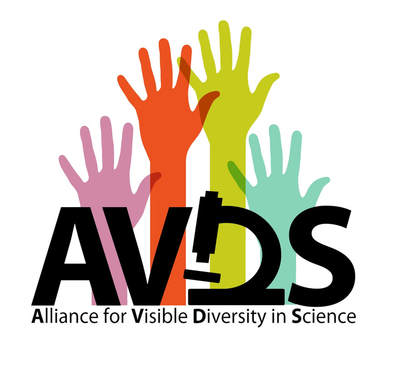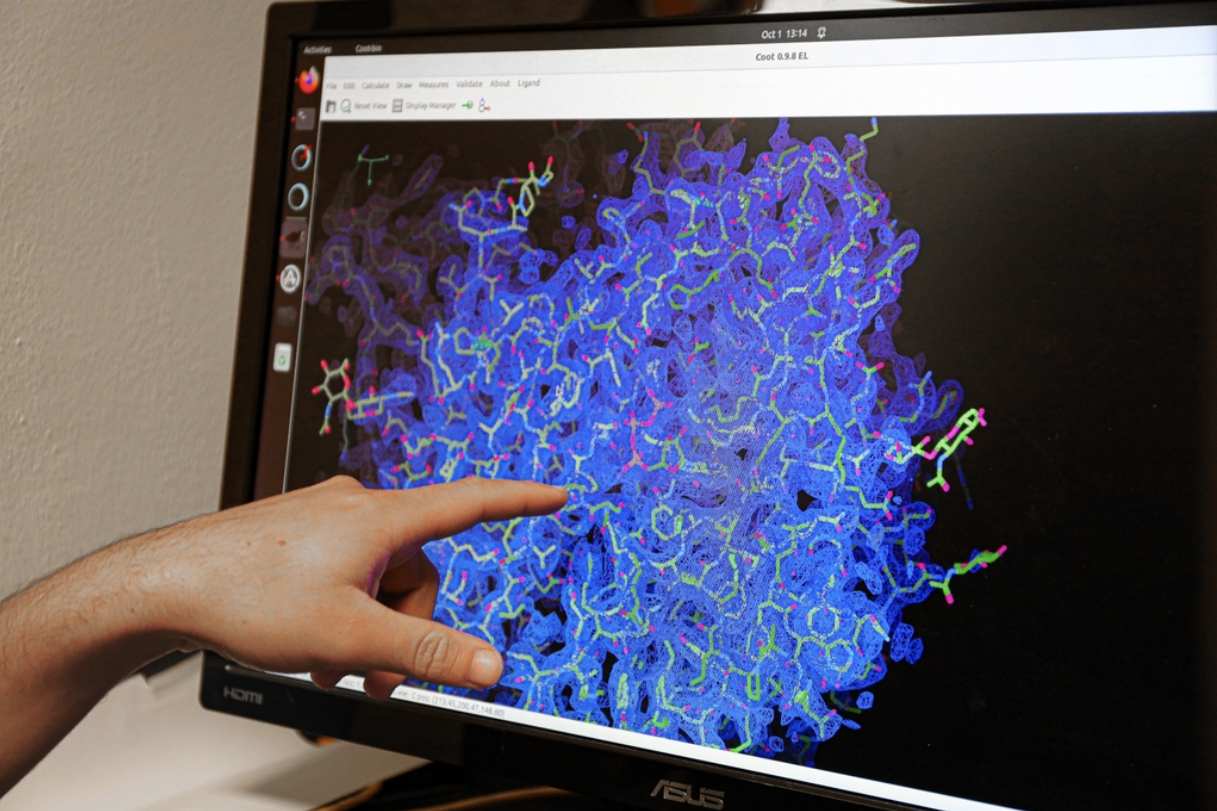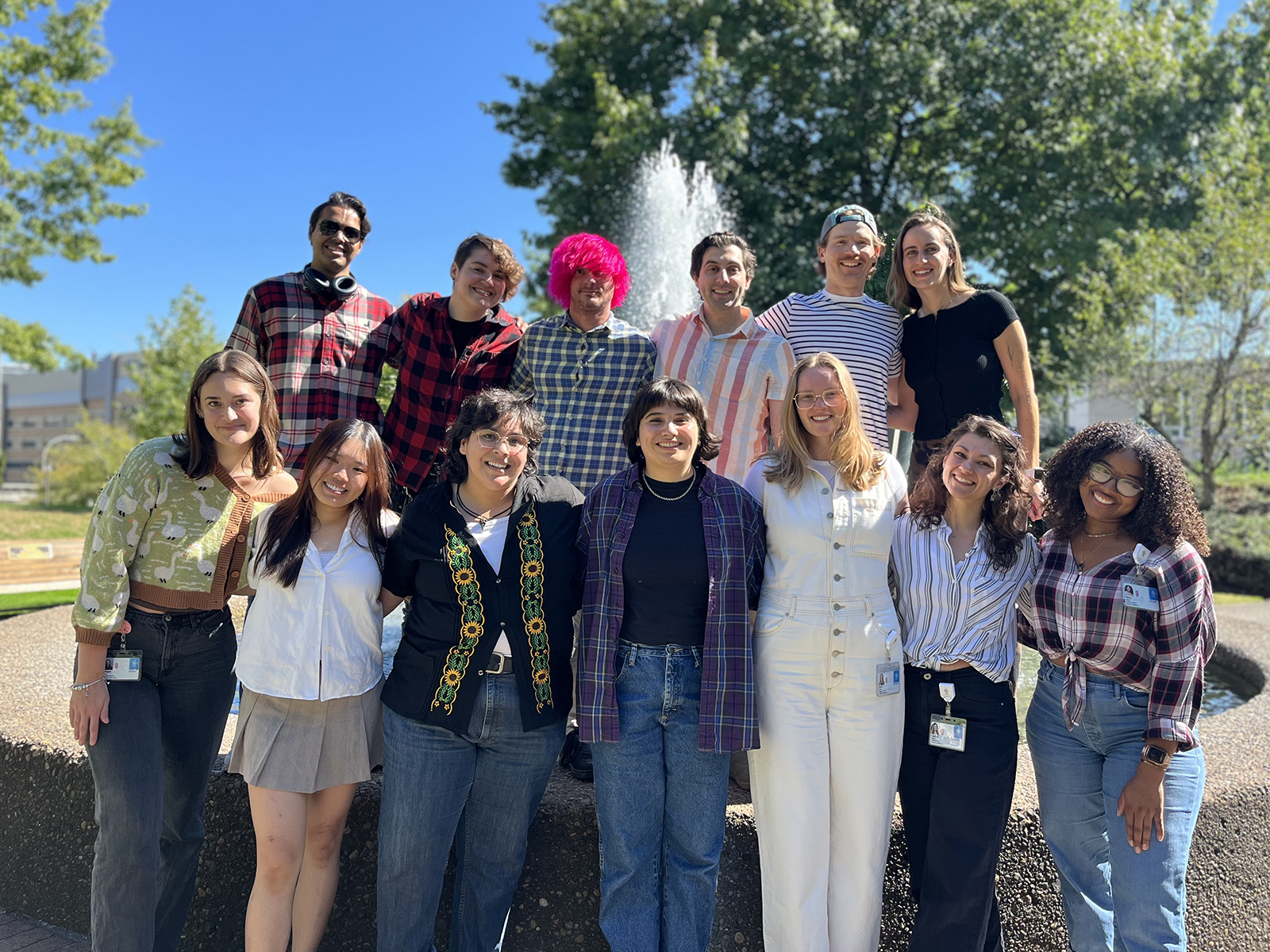Welcome to the Vollum Institute/OHSU Neuroscience Graduate Program
Founded in 1992, the Neuroscience Graduate Program (NGP) at OHSU has 53 predoctoral students and more than 140 faculty in a broad range of subdisciplines. The program is intended for students planning a career in academic or industry research, but we encourage student to explore the career path that matches their ambitions and expertise. The program is particularly strong in cellular neuroscience, neuronal signaling, gene regulation, biophysics of channels and transporters, sensory systems, and neuroendocrinology with increasing strength in developmental neuroscience and disease-oriented neuroscience research. Faculty members are located within research institutes at OHSU including the Vollum Institute, the Oregon National Primate Research Center (ONPRC), Oregon Hearing Research Center, Jungers Center and the Oregon Institute for Occupational Health Sciences; as well as the basic and clinical departments in the OHSU School of Medicine.
Upcoming events
The Alliance for Visible Diversity

Working to increase visible diversity within graduate programs at OHSU
Faculty News
Researchers identify kidney sensor that helps control fluid balance

A new study has identified a critical “pressure sensor” inside the kidney that helps the body control blood pressure and fluid levels. The finding helps explain how the kidneys sense changes in blood volume — something scientists for decades have known occurs but didn’t have a mechanistic explanation.
OHSU scientists uncover how cellular receptors are linked to disease

Findings offer hope for new treatments targeting inflammation-related conditions
In two new studies, scientists at Oregon Health & Science University have uncovered detailed blueprints of how certain molecular “gates” in human cells work — findings that could open doors to new treatments for conditions ranging from certain cancers and brain diseases to hearing loss and atherosclerosis, or plaque build-up in the arteries.
Read the full article
Mansoor Lab
Student News
Two graduate students named 2025 Lacroute Fellows

Two predoctoral students in the Neuroscience Graduate Program at OHSU were recently awarded the 2025 Lacroute Fellowship. This fellowship is made possible through the philanthropic support of a generous donor.
The Lacroute Fellows Program supports exceptional graduate students conducting innovative research in the Vollum Institute/OHSU Neuroscience Graduate Program. The one-year fellowships cover $24,000 of the students’ stipend and provide a $1,000 allowance for related academic expenses, such as attending scientific conferences or courses.
Congratulations to the 2025 fellows:
- Hoa Trinh, Freeman Lab
- Jed Syrenne, Murthy Lab and Reichow Lab
2025 Incoming NGP students
